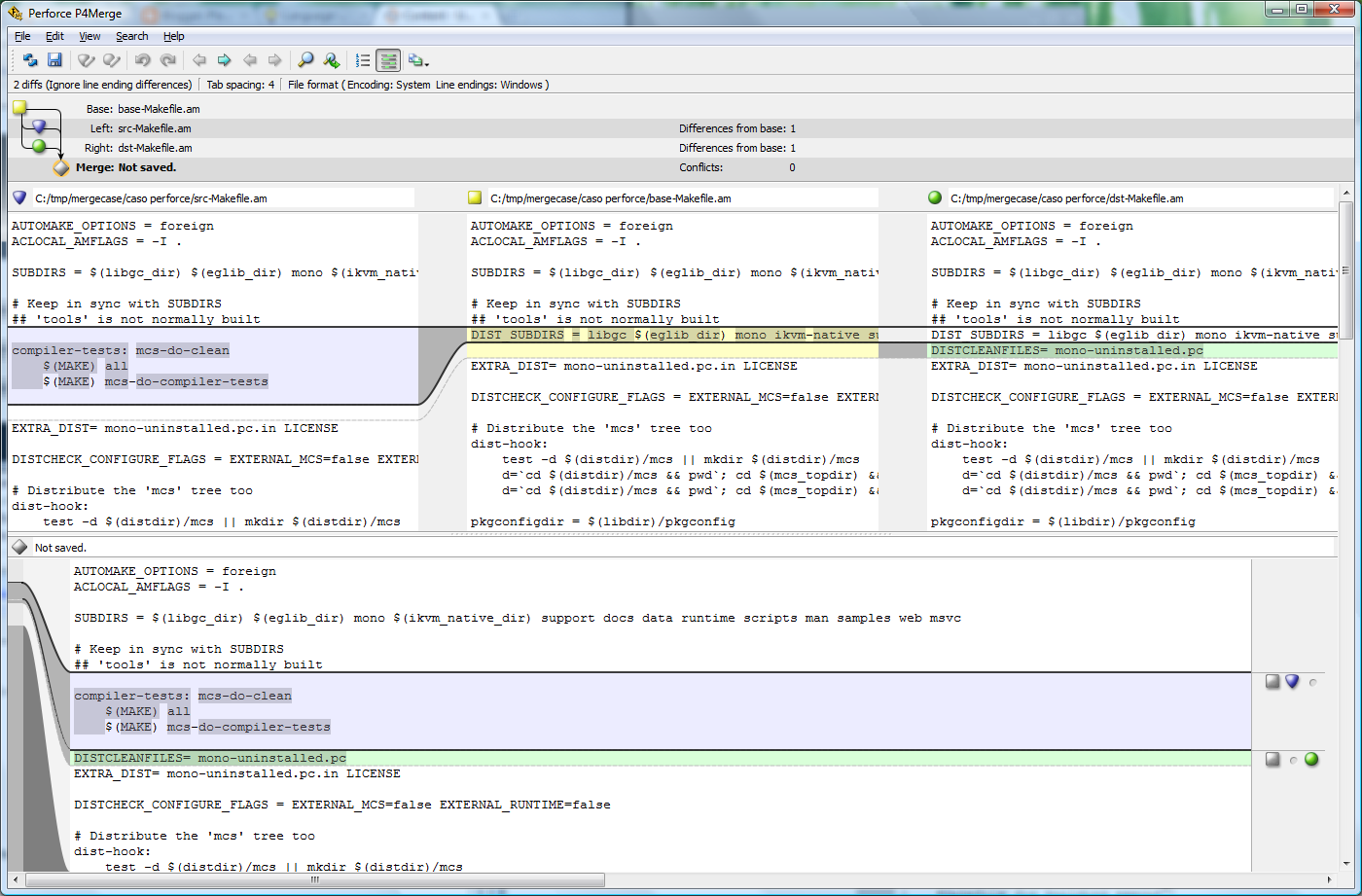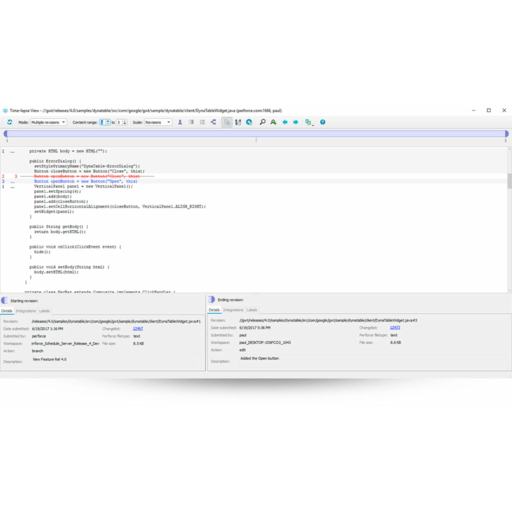

After one frame finishes, the Editor waits up to the specified amount of time before the next frame begins. This allows you to throttle Editor performance, and reduce consumption of CPU resources and power.įor example, if you want to test the Editor’s performance, set this property to No Throttling. If you want to conserve power (for example, to prolong battery life on a laptop computer), set this property to one of the throttled modes. In throttled modes, the Editor stops idling if you interact with it (for example, by panning in the Scene view).

Note: In Play mode, Unity ignores any throttling that you apply using this preference. The editor updates as fast as possible unless you enable the VSync option in the Game view, or set Application.targetFrameRate to a value other than –1. If a frame takes 5 ms or more, the Editor doesn’t idle at all, and the next frame starts automatically.Įach time a frame finishes, the next frame begins immediately. The Editor never waits, and updates as fast as possible. This mode consumes a lot of CPU resources. If you are using a laptop computer, it can cause the battery to drain quickly.
P4merge unity update#
The Editor idles up to the monitor’s update rate in milliseconds.

You specify the maximum amount of time application can be idle. When you select this option the Frame Throttling (milliseconds) property appears. When Interaction Mode is set to Custom, this property specifies how long the Editor can idle between frames. 0 is equivalent to setting Interaction Mode to No Throttling.


 0 kommentar(er)
0 kommentar(er)
